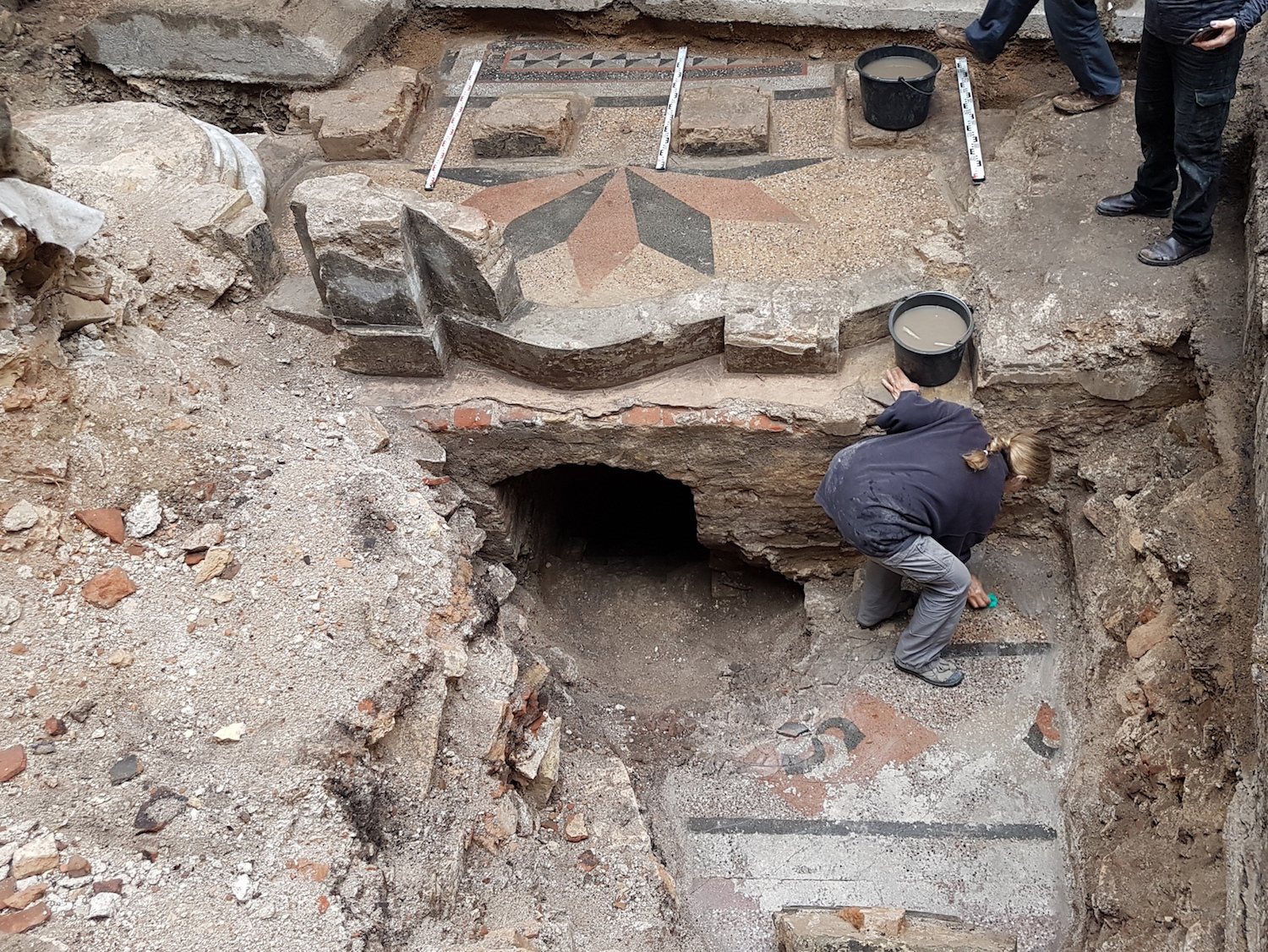click to dowload our latest edition
CLICK HERE TO SUBSCRIBE TO OUR NEWSLETTER


Published
3 years agoon
By
Jordan MosheMost Lithuanians know very little about the country’s Jewish life prior to the Holocaust.
While some remain uninterested or antagonistic about this Jewish heritage, there are a number of initiatives to reconnect the population with an indelible part of their country’s history.
This was the subject of an online discussion hosted last week by the Lithuanian embassy in Pretoria and the Johannesburg Holocaust & Genocide Centre. The importance to our community is clear, with about 70 000 Jewish South African citizens of Lithuanian descent. It is the largest pocket of Lithuanian Jews in the world, and about 5 000 of them are Lithuanian citizens, according to Linas Linkevičius, the minister of foreign affairs in Lithuania.
The Lithuanian government chose 2020 to pay tribute to the 300th anniversary of the birth of famed Jewish scholar, the Vilna Gaon, and Jewish history.
The schedule originally included exhibitions, concerts, and other commemorative events aimed at celebrating the country’s Jewish legacy. Many were cancelled or postponed due to COVID-19. A ceremony at the Vilna Gaon’s grave in Vilnius in April and an exhibition on the scholar’s life presented at the National Library of Lithuania, however, went ahead.
“This is an important step on our long road together,” Linkevičius said. “It exemplifies Lithuanian efforts to build continuous dialogue between Litvak communities around the world.”
Dr Jurgita Verbickiene from the Vilnius University Faculty of History unpacked the legacy of the Vilna Gaon, saying that he had long remained a neglected figure in Lithuanian society in spite of his accomplishments.
The scholar was one of about 5 560 Jews of the Vilna community in 1765, and played an active role in raising the status of Jews in what was then a commonwealth of Polish and Lithuanian countries.
“In his time, the Jewish quarter was repealed, and Jews could reside anywhere,” said Verbickiene. “By the end of the 18th century, Jews could participate in parliament. At the same time, the Gaon developed his genius and became noted in the community for Torah study, to which he devoted most of his time.”
In spite of his legacy, it was only in 1997 (the 200th anniversary of his death) that broader Lithuanian society began taking an interest in the scholar. Verbickiene said that many use him as a touchpoint when trying to relate to the country’s pre-Holocaust Jewish history.
“Today’s Vilnius is a place of memory for his genius. Unfortunately, there’s not much authenticity associated with the operation. The latest trend for Lithuanians discovering the history of local Jews is a guided tour called the ‘Gaon Code’ accompanied by a novel of historic fiction by the same name. It’s limited.”
According to Lara Lempertiene, a senior bibliographer at the National Library of Lithuania, the response across Lithuania to the year’s events has been mixed, although there has been an increase in those eager to learn more about their country’s lost Jewish past.
The excavation of Vilnius’ Great Synagogue is another project that serves to connect Lithuania with its Jewish legacy, said archaeologist Jon Seligman who has worked on the site for the past few years. He is also the director of external relations and archaeological licensing of the Israel Antiquities Authority.
Although tucked away in a side street, the shul was a central point in Vilnius’ Shulhof, a synagogue courtyard which has been described as a city within a city owing to the number of stores and Jewish amenities it included. Among these were a library, a mikvah, meat stalls, a small prison, and even 12 other smaller shuls.
According to Seligman, the building stood until World War II, when it was ransacked and burned. Although it remained standing until the end of the war and was even declared a national monument, the Soviets demolished it the 1950s. A school was constructed over the space, and it is here that Seligman has endeavoured to excavate whatever remains can be found.
“We concentrated on finding some of the foundations, and decided to work on the bathhouse first, excavating close to the surface,” he says. “We found a mikvah, and we now know it to be the women’s mikvah. We’ve since moved on to working on the back wall of the shul, its main entrance, and seeing if we can find the bimah and Aron Kodesh.”
Seligman said the shul was a central point of a major Jewish population.
“When you talk about a diaspora community, it’s usually a percent of even half of the overall population,” he said. “But the Jewish population here was so significant that when the Polish president visited Vilnius in 1930, he visited two places only – the local cathedral and the Great Synagogue. That’s how we need to see the Jews of the city.”
Sadly, little remains to suggest the impact the local Jewish community had on its city.
“It’s important that we have a huge memorial for the Jews murdered at Ponary,” Seligman said. “They accounted for 30% of Vilna’s population. If 30% were killed, that demands a huge monument in the middle of the city, not outside it.
“Vilnius today needs to bring its Jewish history back into the city itself, and not leave it in the side street or outside the city. That’s the real challenge.”
